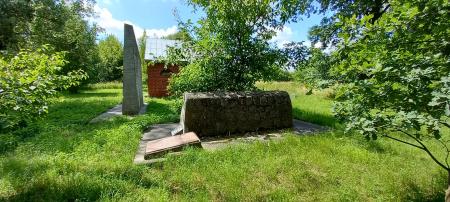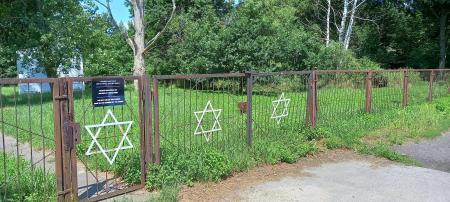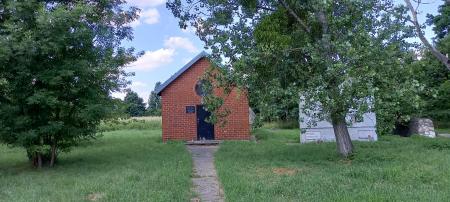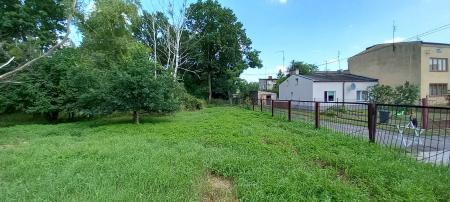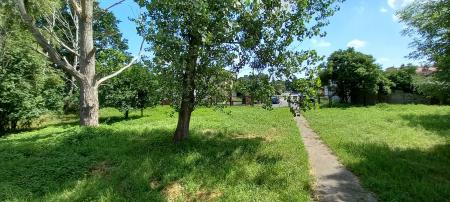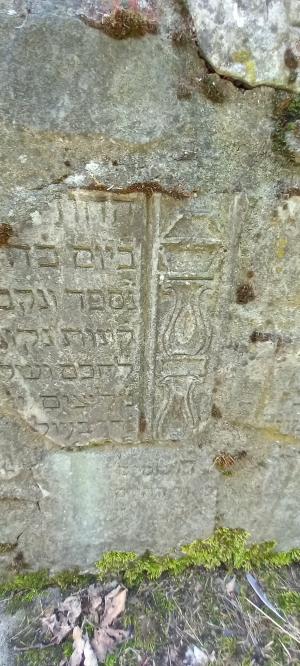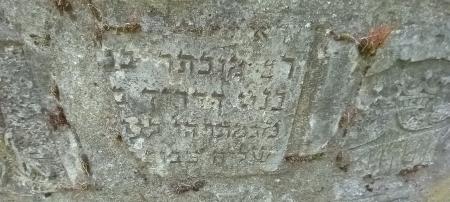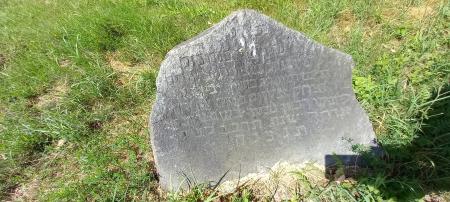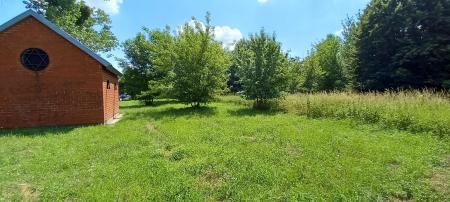Obj. ID: 50530
Jewish Funerary Art Jewish cemetery in Sochaczew, Poland

According to ESJF European Jewish Cemeteries Initiative, the cemetery is located approximately 600 metres south-west of the town centre, between Sierpniowa Street and the Bzura riverbed, and covers a rectangular plot of land with an area of approximately 2.8 hectares. The cemetery was likely established between the end of the 15th century and the beginning of the 16th century. Its existence was first recorded in 1564. Rabbis Mosze Charif and Eliezer ha-Kohen Lipsker, Awraham Nachum Bornstein (the first Sochatchover Rebbe) and members of his family were buried in the cemetery. The last person (likely) to be buried there was Pinkas Weinberg, a vice-mayor of Sochaczew and chairman of the Jewish Committee, who was murdered on May 20, 1945. During World War II, the cemetery was used for carrying out executions. The gradual destruction of the cemetery began around this time. By order of the Germans, some tombstones were used for construction purposes—including for construction at the airport in Bielice—and the ohels were destroyed. The local population also participated in the destruction process. In the period of the Polish People’s Republic, a playground was built in the cemetery, and circus shows were held there occasionally.
Almost all the above-ground traces of the cemetery vanished. In the 1980s, historian Paweł Fijałkowski found and placed a dozen matzevot back in the cemetery. In the years 1989-1992, thanks to the efforts of the Landsmanshaft of the Sochaczew Jews and Jehuda Widawski, the area was fenced and cleaned up, two monuments dedicated to the victims of the Holocaust were unveiled, and the ohel of the Bornstein tzadikim (righteous, great rabbis) was rebuilt.
The cemetery is listed in the Provincial Register of Monuments, and it is not listed in the Register of Immovable Monuments. The list of preserved tombstones is available at https://sztetl.org.pl/pl/miejscowosci/s/607-sochaczew/115-pamiec-w-kamieniu/32718-cięcz-zydowski-w-sochaczew
It is a modern brick ohel dedicated to Sochaczew tzaddikim of the Bornstein dynasty. There are three epitaph tables which commemorate local tzadikim: Abraham Bornstein (1839 - 1910), his son Samuel Bornstein (1855 - 1926) and grandson David Bornstein (1878 - 1942). The Ohel was built in 1989-1990, a narrow walkway leads to the ohel from the entrance gate. There are two Holocaust memorials: a wall, installed in 1990, and a stone (installed in 1989) by the Sochaczew descendants in Israel.
ESJF field team discovered 1 standing intact gravestone. Sztetl.org.pl has photos of three more: (https://tinyurl.com/37jv6t4r), which may be hidden in the tall wild grass. There are dozens of small pieces of tombstones, embedded into a concrete lapidarium. By the lapidarium lay a granite cenotaph.





